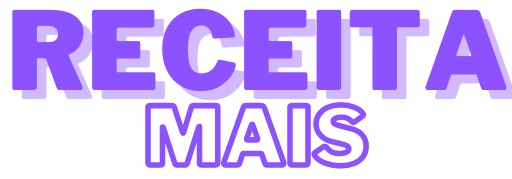Learning a new language can be a challenge, but it is a valuable skill that opens doors to diverse academic and professional opportunities. Spanish, in particular, is a widely spoken language and can offer numerous advantages. With the availability of free apps, learning Spanish has never been more accessible.
Spanish learning apps offer a convenient and efficient way to acquire language skills. They are designed to adapt to different levels of proficiency, from beginners to advanced, and can be used anywhere and at any time.
Read on to find out how you can make the most of these free resources for learning Spanish, whether you want to improve your academic performance or advance your professional career.
Benefits of Learning Spanish
Learning Spanish offers a series of benefits, both personal and professional. In an academic context, mastering a second language can improve your cognitive skills, increase your exchange opportunities and enrich your CV.
Professionally, knowledge of Spanish is highly valued in many industries, especially in the areas of international trade, tourism, education and healthcare.
For college students, speaking Spanish can open doors to exchange programs in Spanish-speaking countries, facilitating cultural and academic immersion. Furthermore, many postgraduate programs value candidates who are proficient in a second language, making it an important differentiator in the competition for places.
For professionals, the ability to communicate in Spanish can increase your chances of promotion and broaden your job prospects. In a globalized market, companies value employees who can communicate with partners and customers from Spanish-speaking countries.
Best Free Apps
There are several free apps that can help you learn Spanish effectively. Here are some of the best available:
- Duolingo: This is one of the most popular apps for learning languages. It offers interactive, gamified lessons that make learning fun and effective.
- Busuu: In addition to Spanish lessons, Busuu offers feedback from native speakers, allowing you to practice pronunciation and conversation.
- Memrise: Uses memorization techniques to help you learn Spanish vocabulary and phrases quickly and efficiently.
- Babbel: Offers structured courses that cover all aspects of learning a language, from grammar to conversation.
- Tandem: Connects you with native Spanish speakers for conversational practice, providing an authentic learning experience.
Features and Functionality
Each of these apps has unique features that can benefit different learning styles:
- Duolingo: Daily lessons, practice in reading, writing, listening and speaking, reward system.
- Busuu: Personalized study plans, exercise corrections by native speakers, offline mode.
- Memrise: Videos of native speakers, visual memorization methods, interactive quizzes.
- Babbel: Structured courses, focus on practical conversation, review exercises.
- Tandem: Language exchanges, video and audio calls, chat with error correction.
Tips for College Students
For college students, here are some tips for getting the most out of Spanish learning apps:
- Establish a study routine: Dedicate at least 20 minutes a day to your chosen app.
- Combine different resources: Use more than one app to reinforce different aspects of the language.
- Practice with consistency: Regular practice is crucial for information retention.
- Participate in study groups: Find other students to practice speaking and exchange tips.
- Take advantage of immersion opportunities: Watch movies, read books and listen to music in Spanish to complement your learning.
Tips for Professionals
For professionals looking to learn Spanish for work, consider the following strategies:
- Focus on vocabulary specific to your area: Use applications that allow you to personalize content to include terms relevant to your field of activity.
- Practice speaking: Use apps like Tandem to practice with native speakers and improve your fluency.
- Integrate learning into your work routine: Try to learn during breaks or breaks at work.
- Set clear goals: Set specific goals, such as learning a set number of new words per week.
- Use multimedia resources: Spanish podcasts and videos can help improve your listening and comprehension skills.
Conclusion
Learning Spanish can be an enriching and beneficial experience for both university students and professionals. With the help of available free apps, you can start your learning journey in an affordable and effective way.
Don't waste any more time and start exploring these incredible resources to improve your Spanish language skills today.
FAQs
- What are the best free apps to learn Spanish?
- Some of the best include Duolingo, Busuu, Memrise, Babbel, and Tandem.
- How much time should I dedicate daily to learning Spanish?
- It is recommended to dedicate at least 20 minutes a day for consistent progress.
- Are free apps as effective as paid ones?
- Yes, many free apps offer high-quality features that can be just as effective as paid ones.
- How can I practice speaking Spanish?
- Use apps like Tandem to connect with native speakers and practice speaking.
- Is it possible to learn Spanish just with apps?
- While apps are an excellent tool, supplementing learning with other resources, such as books and interactions with native speakers, can be even more effective.



